Two examinations must be passed in order to become an F5 Certified BIG-IP Administrator.
- Exam 101 – Application Delivery Fundamentals
- Exam 201 – TMOS Administration
He/she becomes eligible to take Exam 201 TMOS Administrator after completing Exam 101 Application Delivery Fundaments, as long as he/she takes Exam 201 within two years. F5 will not provide a certificate until both of these exams are passed. F5 issues an F5 Certified BIG-IP Administrator after passing the 201 Exam, which may be downloaded from the F5certification portal.
Here we’ve prepared some real F5-101 exam questions. Have a try!
Question #1
A OneConnect profile is applied to a virtual server. The LTM Specialist would like the client source IP addresses within the 10.10.10.0/25 range to reuse an existing server side connection.
Which OneConnect profile source mask should the LTM Specialist use?
A. 0.0.0.0
B. 255.255.255.0
C. 255.255.255.128
D. 255.255.255.224
E. 255.255.255.255
Correct Answer: C
Question #2
An LTM device is load balancing telnet and ssh applications in a client/server environment experiencing significant packet delay.
Which setting in the TCP profile should reduce the amount of packet delay?
A. disable Bandwidth Delay
B. disable Nagle’s Algorithm
C. enable Proxy Maximum Segment
D. increase Maximum Segment Retransmissions
Correct Answer: B
Question #3
An LTM device is load balancing SIP traffic. An LTM Specialist notices that sometimes the SIP request is being load balanced to the same server as the initial connection.
Which setting in the UDP profile will make the LTM device more evenly distribute the SIP traffic?
A. Enable Datagram LB
B. Disable Datagram LB
C. Set Timeout to Indefinite
D. Set Timeout to Immediate
Correct Answer: A
Question #4
Internet clients connecting to a virtual server to download a file are experiencing about 150 ms of latency and no packet loss.
Which built-in client-side TCP profile provides the highest throughput?
A. tcp
B. tcp-legacy
C. tcp-lan-optimized
D. tcp-wan-optimized
Correct Answer: D
Question #5
Windows PC clients are connecting to a virtual server over a high-speed, low-latency network with no packet loss.
Which built-in client-side TCP profile provides the highest throughput for HTTP downloads?
A. tcp
B. tcp-legacy
C. tcp-lan-optimized
D. tcp-wan-optimized
Correct Answer: C
Question #6
Users are experiencing low throughput when downloading large files over a high-speed WAN connection. Extensive packet loss was found to be an issue but
CANNOT be eliminated.
Which two TCP profile settings should be modified to compensate for the packet loss in the network? (Choose two.)
A. slow start
B. proxy options
C. proxy buffer low
D. proxy buffer high
E. Nagle’s algorithm
Correct Answer: CD
Question #7
An LTM Specialist is working with an LTM device configured with 10 virtual servers on the same domain with a different key/cert pair per virtual. For examplE. www.example.com; ftp.example.com; ssh.example.com; ftps.example.com.
What should the LTM Specialist do to reduce the number of objects on the LTM device?
A. create a 0 port virtual server and have it answer for all protocols
B. create a 0.0.0.0:0 virtual server thus eliminating all virtual servers
C. create a transparent virtual server thus eliminating all virtual servers
D. create a wildcard certificate and use it on all *.example.com virtual servers
Correct Answer: D
Question #8
The pool members are serving up simple static web content.
The current virtual server configuration is given as follows: tmsh list ltm virtual simple ltm virtual simple { destination 10.10.10.10:80 ip-protocol tcp mask 255.255.255.255 profiles { http { } httpcompression { } oneconnect { } tcp { }
}
snat automap
vlans-disabled
}
tmsh list ltm pool simple_pool
ltm pool simple_pool {
members {
10.10.10.11:80 {
address 10.10.10.11 }
10.10.10.12:80 {
address 10.10.10.12 }
10.10.10.12:80 {
address 10.10.10.13 }
}
}
Which three objects in the virtual server configuration can be removed without disrupting functionality of the virtual server? (Choose three.)
A. tcp
B. http
C. oneconnect
D. snat automap
E. httpcompression
Correct Answer: BCE
Question #9
An LTM device is running BIG-IP v10.2.0 software. The LTM Specialist is tasked with upgrading the LTM device to BIG-IP v11.2.0 HF1. The LTM Specialist starts the upgrade process by selecting the uploaded Hotfix and installing to an unused volume. After 10 minutes, the LTM Specialist checks the status of the upgrade process and notices that the process is stalled at 0%.
What should the LTM Specialist verify?
A. the selected volume has sufficient space available
B. the base software version exists on the LTM device
C. the LTM device has been restarted into maintenance mode
D. the LTM device has an available Internet connection via the management interface
Correct Answer: B
Question #10
A stand-alone LTM device is to be paired with a second LTM device to create an active/standby pair. The current stand-alone LTM device is in production and has several VLANs with floating IP addresses configured. The appropriate device service clustering (DSC) configurations are in place on both LTM devices.
Which two non-specific DSC settings should the LTM Specialist configure on the second LTM device to ensure no errors are reported when attempting to synchronize for the first time? (Choose two.)
A. pools
B. VLANs
C. default route
D. self IP addresses
Correct Answer: BD

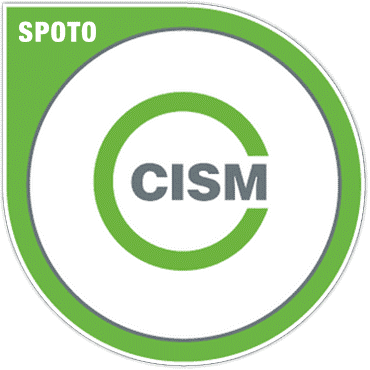

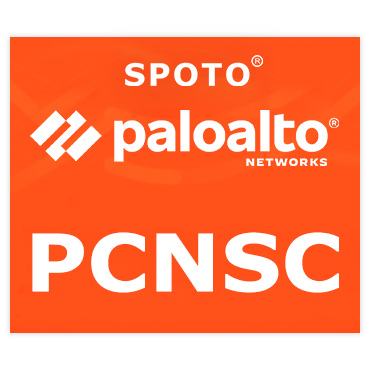
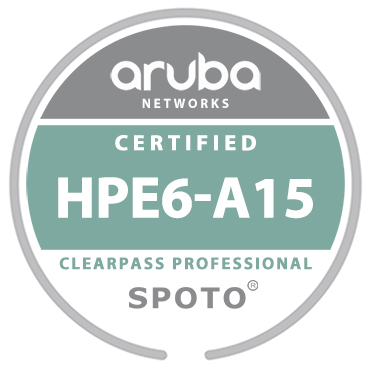
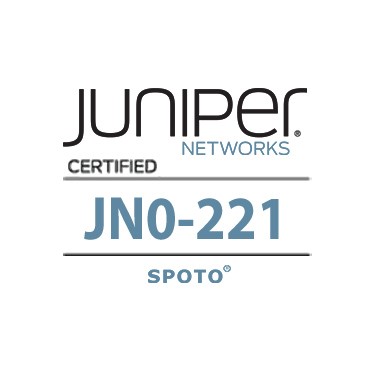
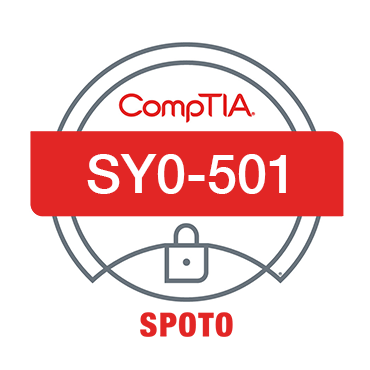
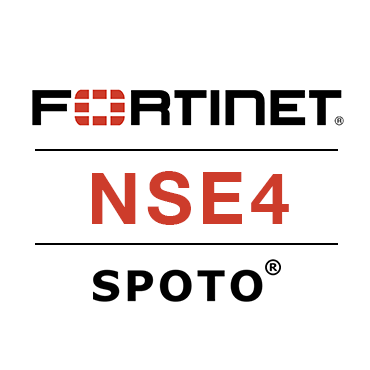
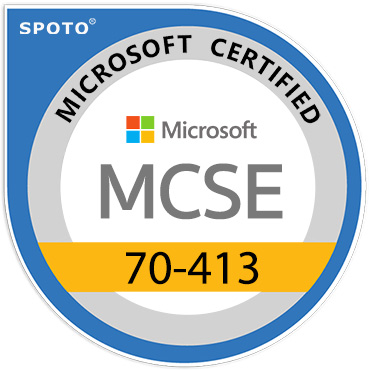
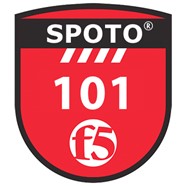
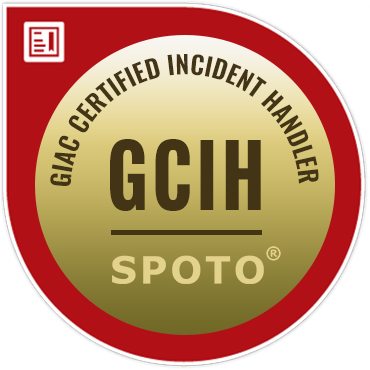

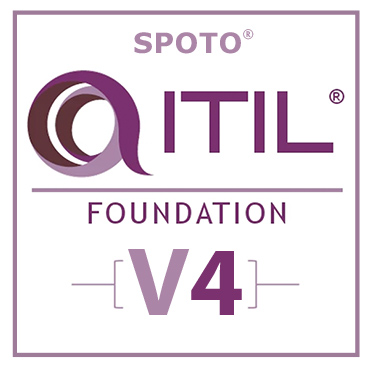
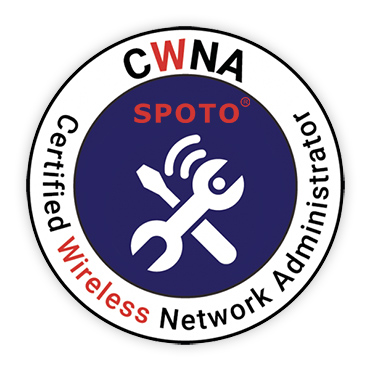
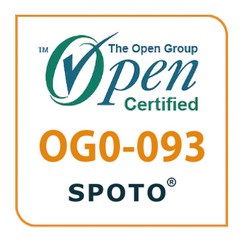





Comments